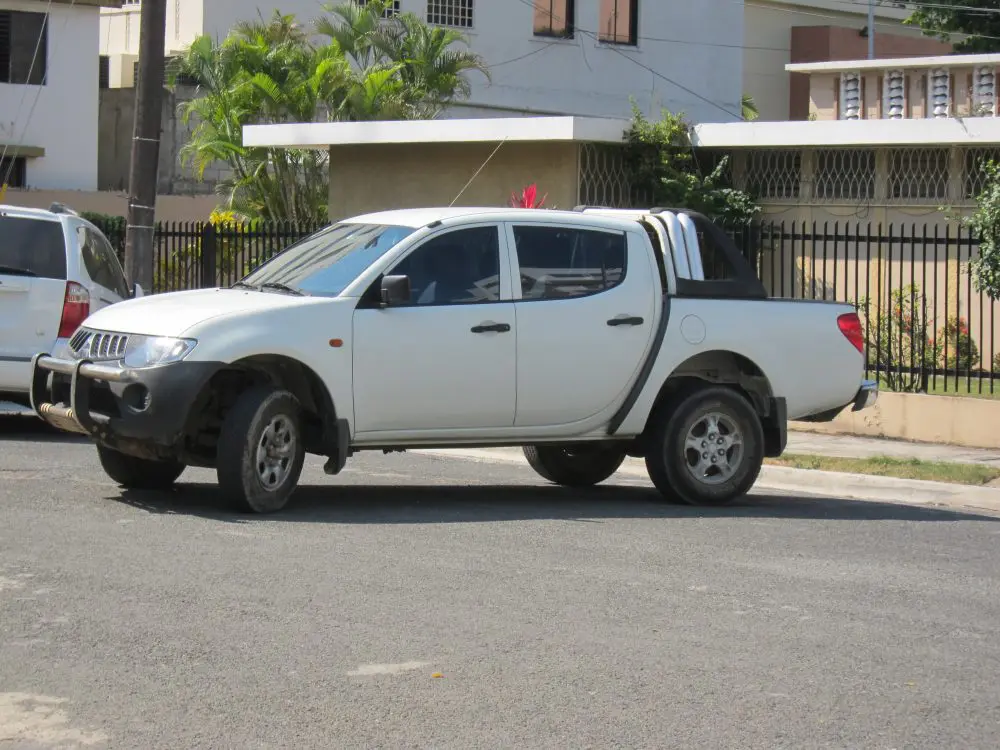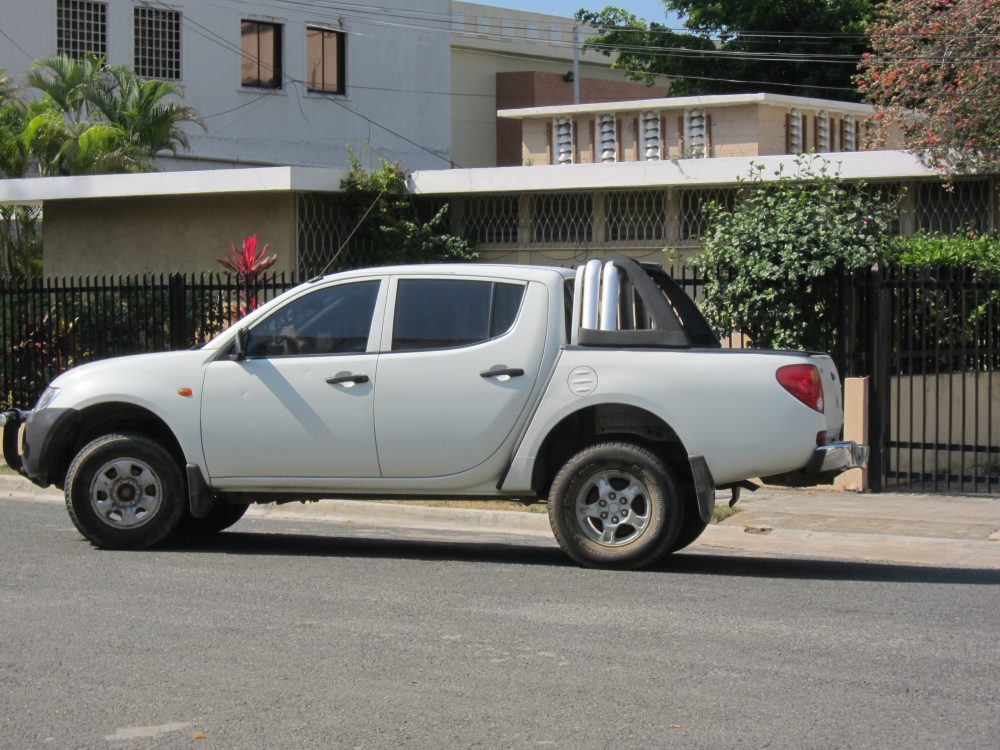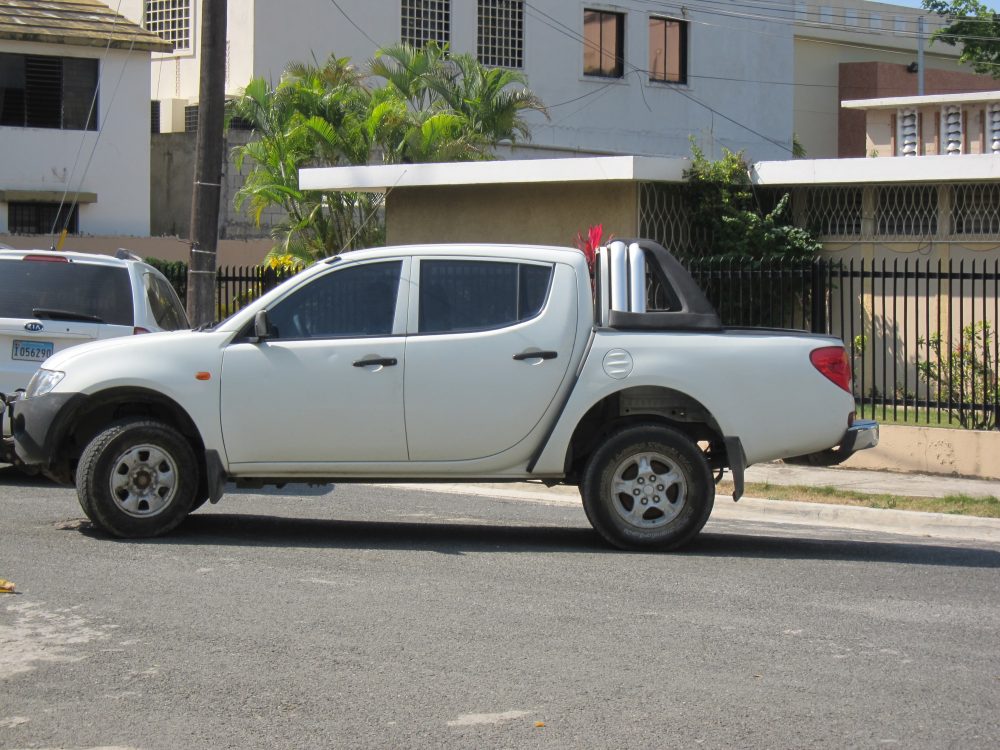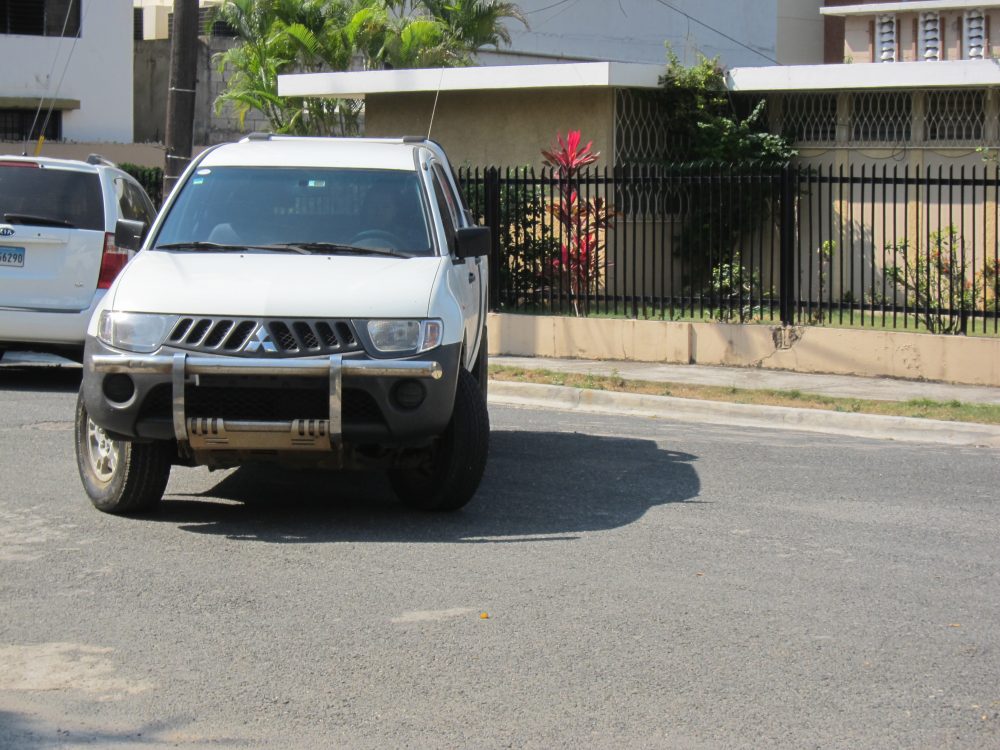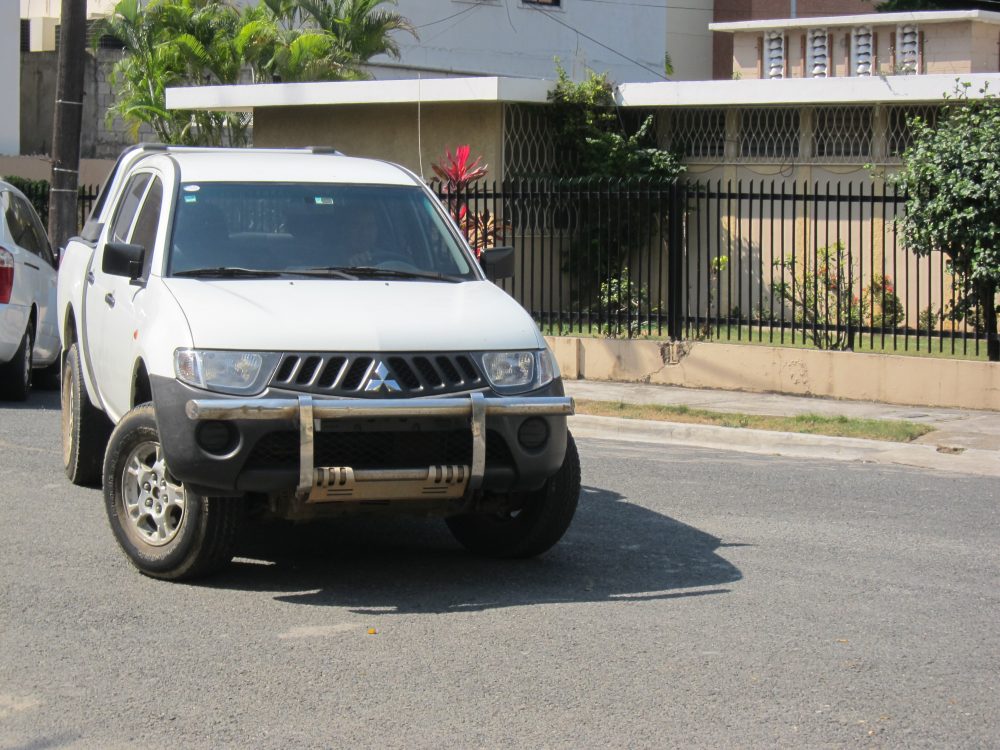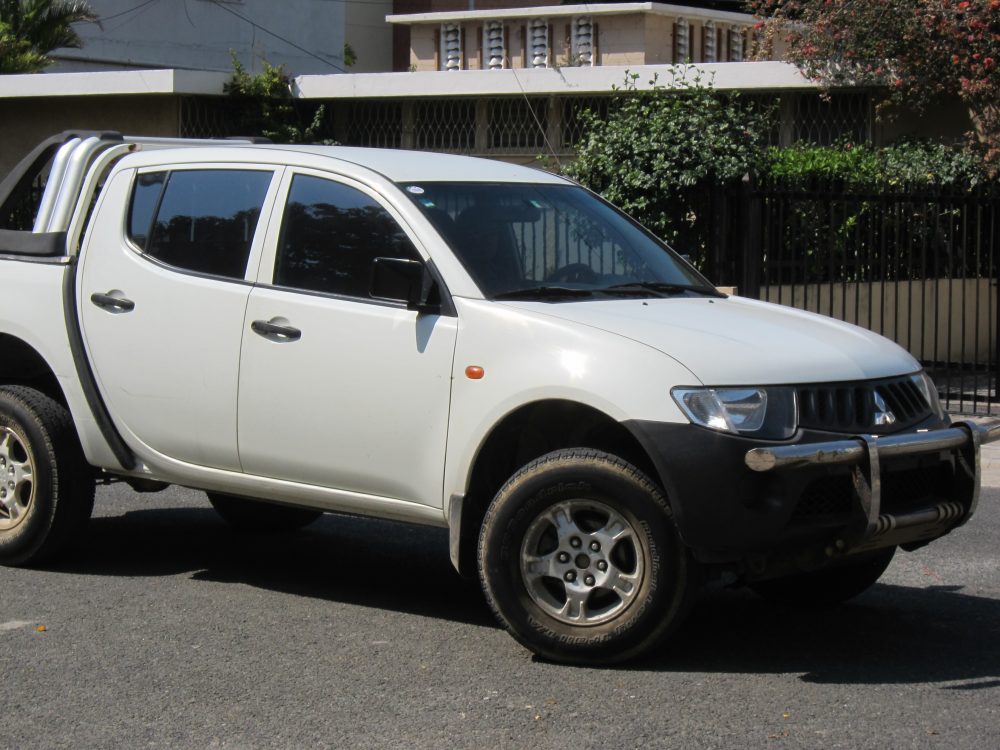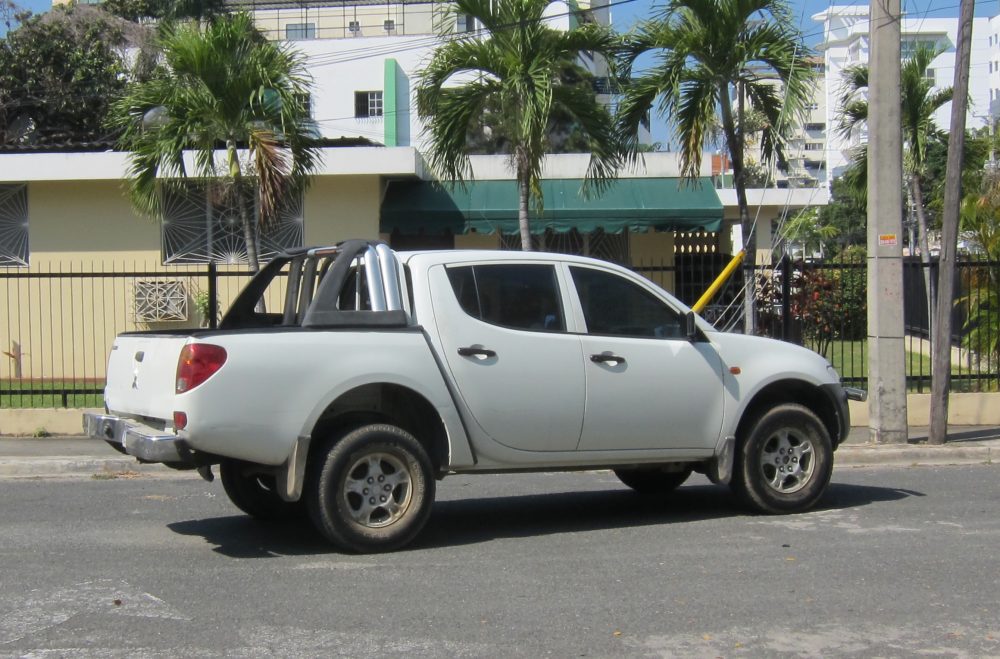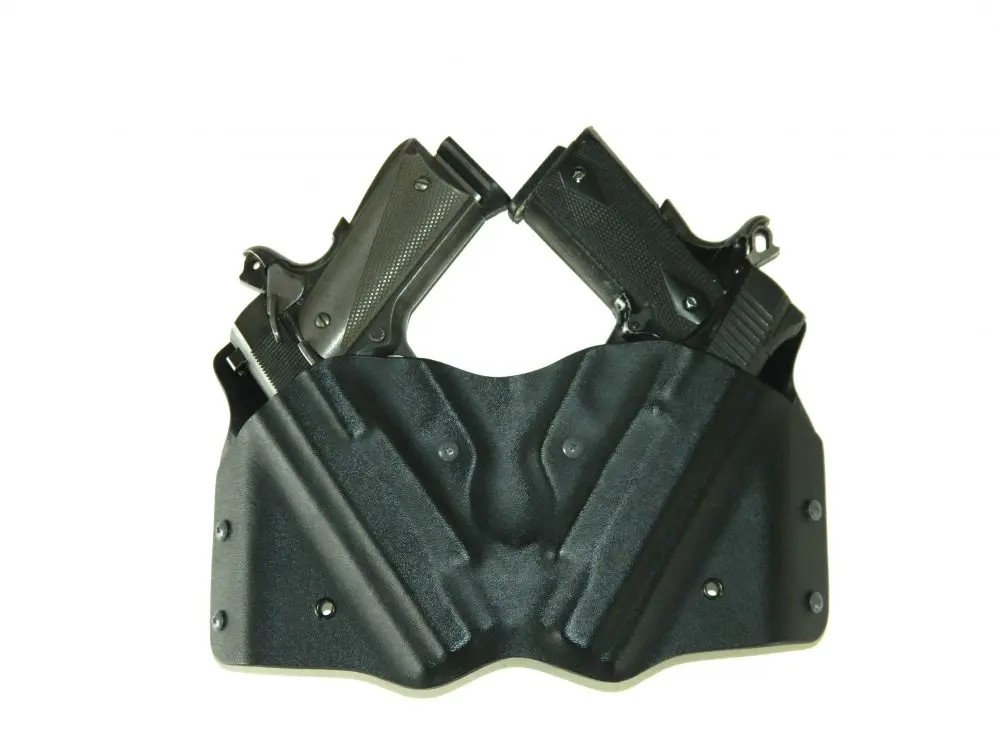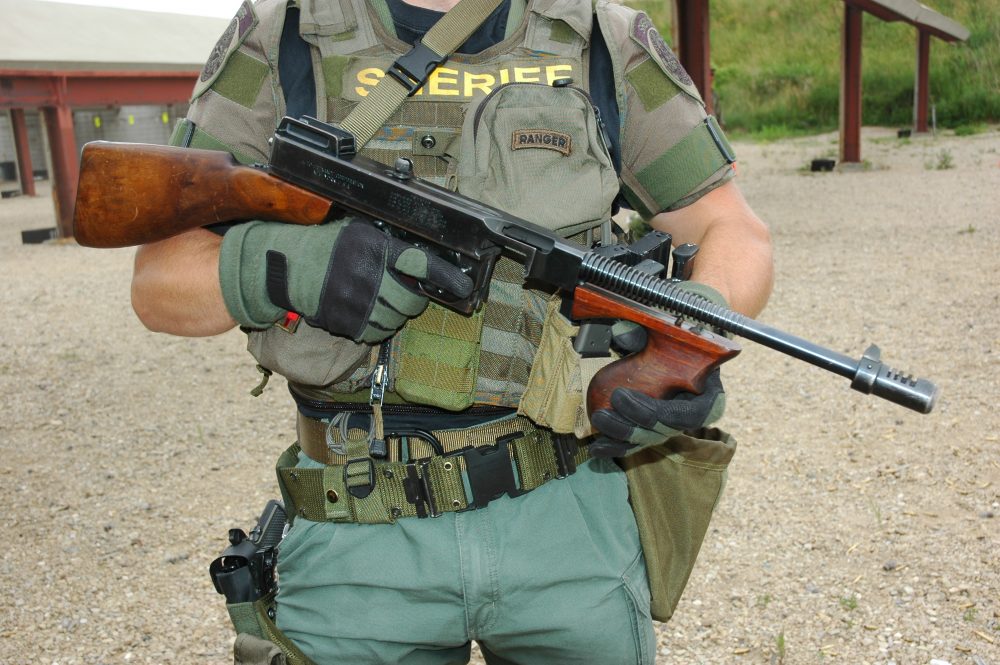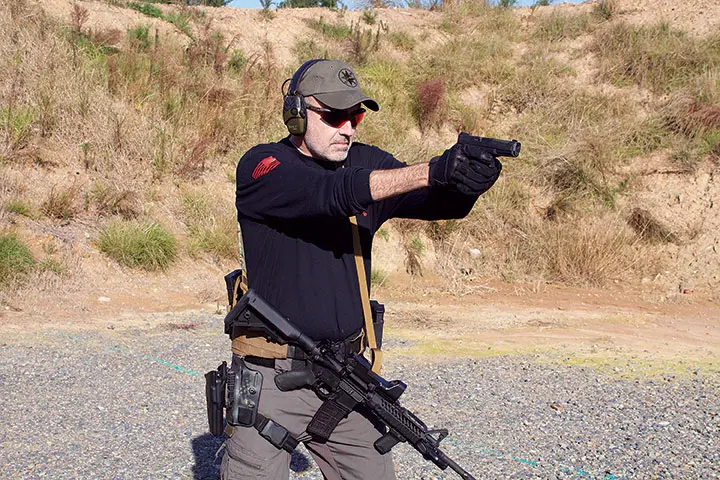It’s pretty far removed from mainstream thinking to consider a vehicle a defensive tool. We view our vehicles in many different ways, some utilitarian and others more lovingly. However, to my philosophical approach, when you are behind the wheel of the family sedan or your favorite sports car, you are in fact at the controls of the largest projectile you will ever fire.
If things get bad one day, what you do with (and how you handle) the vehicle in a time of crisis may very well tip the scales of the outcome one way or the other. In this article, I will explain the mechanics of a vehicle as they apply to performance driving, as well as some basic skills that, if practiced, may save your life or the life of a loved one.
Driving in a straight line, downshift or emergency brake and begin turn of the wheel to inside of the turn.
According to Daniel Webster, the definition of a crisis is: A time of intense difficulty, trouble, or danger. Unfortunately for us, these things tend to happen very quickly and at the most inopportune times. Hopefully when bad things happen, we are well armed and/or trained to address any violence directed toward us. What you bring into the fight both physically and mentally determines whether the outcome will be in your favor.
If you’re like me, you spend a lot of time behind the wheel of an automobile. Why not think of it as a tool? A tool of great versatility that, when properly handled, can perform a multitude of tasks.
We can learn many skills to use while driving a car. Ways to turn, brake, push a vehicle out of the way, rotate another vehicle that may want to do us harm, or just the best way to accelerate and get out of Dodge if things are going badly.
Rear wheels lock and front of vehicle enters skid.
BOOTLEG TURNS
One of my favorite driving maneuvers, one we’ve all seen on television and in the movies, is the bootleg turn. A vehicle is driving down the road, and for whatever reason, the driver decides he wants to go in the other direction. We watch, and the vehicle seems to defy physics and the law of forward momentum. As if by magic, it turns 180 degrees, almost in place.
You have just witnessed a bootleg turn.
The term “bootleg turn” originated from bootleggers transporting illegal liquor. It was a technique used to maneuver and escape from the police or federal revenue agents. Junior Johnson is credited with inventing the bootlegger turn, or maybe just naming it while he ran moonshine liquor for his father. Johnson later became one of the greatest NASCAR drivers the oval track has ever seen.
Vehicle enters 90-degree arc of the turn.
The maneuver is also called a smuggler’s turn or power slide, depending on whom you talk to. In essence it’s not a difficult procedure to master, but first you must understand a few basic elements of a vehicle in motion.
The sole contact any vehicle has with the ground are the four small oblong patches of rubber where the tires meet the road. They are not much bigger than footprints, yet they are all that controls a car’s performance and keeps a car in control. These points of adhesion have their limitations.
Think of each of these four patches of rubber as having the ability to give 100% implementation in a straight and direct un-accelerated line. If we add a variable into the equation, such as acceleration, braking, or turning, that 100% is downgraded by X%. X represents the amount of additional function we are asking the patch of rubber to accomplish.
As you pass through the 90-degree point, release emergency brake or shift up on gears.
Everyone who drives should understand that under hard braking, a vehicle becomes unstable, just as it does during a turn. Therefore, we should not apply too much gas or brake while turning. Our best and most effective braking is done while proceeding in a straight line.
All other factors that we ask of the tires’ point of contact with the road reduces the percentage of adhesion that the vehicle has. This is considered a bad thing, but as your driving skills increase, you may realize it is not always so. Sometimes unsticking the tires from the road enables the vehicle to perform tasks that we may find useful, like the power slide or bootleg turn. In this evolution, lack of adhesion to the road when we ask the vehicle to turn aids the maneuver.
A bootleg turn in essence is intended to reverse the direction of a forward-moving automobile by 180 degrees in a minimum amount of time, while staying within the width of a two-lane road.
Spin wheel back in the direction opposite the turn.
HERE’S HOW TO DO IT
To make a proper bootleg turn, drive straight down a normal two-lane road at about 30 miles per hour. In a manual transmission car, the turn is performed like this:
- First, down-shift the vehicle into second gear.
- Second, quickly turn the wheel in the direction of the opposite lane.
- The vehicle will enter a controlled skid, enter the opposite lane, and turn completely around.
Make final corrections on the steering wheel and begin to accelerate.
In a perfect bootleg turn, the car will come to a complete stop at the end of the maneuver and be ready to accelerate and depart in the opposite direction.
In an automatic transmission car, we have to modify the classic bootleg turn and use a brake turn. If we apply the parking or emergency brake, it only actuates the rear wheels, thereby forcing the car into a fishtail around the locked rear wheels.
- First, drive down the road in a similar manner and speed.
- Second, apply the parking brake while turning the wheel in the direction of the opposite lane.
- Third, as the car completes the turn, release the parking brake and be ready to commence forward travel in the other direction.
With direction reversed, add power and drive away from the problem.
It’s just that easy. All it takes is a little practice to get the feel of the maneuver.
Hand-actuated parking brakes are easier to operate during the busy turn, but if all you have is a foot parking brake, it will have to do. Engage the brake at the beginning of the turn and remove the brake as the turn is completed and you are facing the opposite direction of travel.
You have just learned the fundamentals of a turn that can be classified as a May-Save-Your-Life Driving Tip.
John Mattera enjoyed a 24-year career in law enforcement, government contracting, and private sector security. Much of that time was spent training as well as teaching others. He has written three books on the subject. John lives in the Caribbean where he works in Marine Archeology. He is one of the subjects of the New York Times best seller Pirate Hunters by Robert Kurson.
